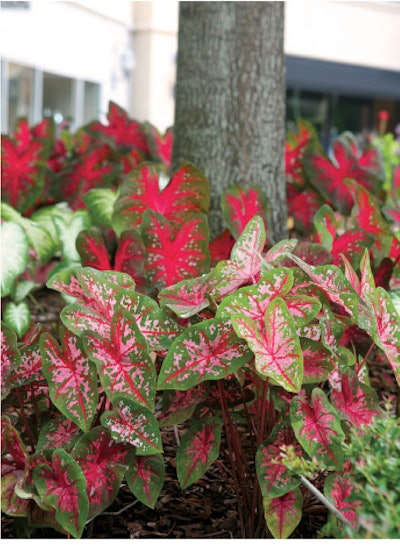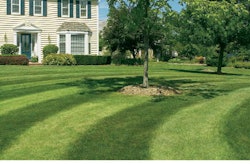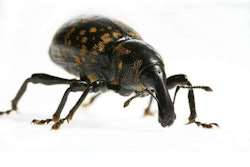
By Nancy J. Ondra
Maintaining turf in the shade under established trees can be an ongoing battle. Mowing over large surface roots is hard on both the tree and the mower. And grass growing close to the trunk needs trimming, of course, but it’s tough to keep it neat without cutting into the trunk.
Mulch can solve these problems, but needs regular replacement.
A simple solution that minimizes long-term maintenance and enhances the beauty of the trees: ground covers.
Exploring your options
Ground covers are not only practical solutions, they can also be eye-catching design features.
• Single solution. A ground cover planting composed of one species or cultivar is easy to plan and plant, and its simplicity adds a formal element to the landscape.
• Blending. Groupings of several different ground covers that drift into one another give the planting a more garden-like look, especially if you combine plants with showy flowers or colorful foliage.
• Mixing it up. Choosing four to six different ground covers similar in height and setting them out in no particular pattern creates a natural-looking effect.
Planting around established trees
The root systems of even large trees tend to be surprisingly shallow, so avoid disturbing the soil as much as possible. Instead of using a sod cutter to remove the grass and weeds, strip them off manually. Or, if absolutely necessary, carefully apply an appropriate herbicide to kill the vegetation, wait at least three days, and then plant through the dead turf.
Resist the temptation to spread a thick layer of topsoil around the tree to create a fresh planting bed because changing the grade more than an inch or two may seriously damage the tree roots. Instead, dig individual holes for each plant, avoiding the medium- and large-sized roots as much as possible.
Planting around new trees
Establishing a ground cover at the same time you plant trees is a much easier project. First, remove or kill the existing sod. If you’re setting out large trees, it’s usually best to settle them in and then create the planting bed around them so you’re not compacting loosened soil with heavy foot traffic or machinery.
With more easily managed tree sizes, prepare the entire area first and then do all of the planting at the same time. Newly planted trees typically don’t cast much shade, so you can use groundcovers adapted for partial shade or full sun.
Post-planting care
Add a 2- to 3-inch layer of mulch and water thoroughly to wet the soil and mulch. Water again during dry spells for at least the first growing season to get the ground cover off to a good start. Regular watering is especially critical for plantings under established trees because they have to compete with the tree roots for moisture.
Beyond the ordinary
Ground covers are supposed to minimize work, not make more, so stick with plants that are proven performers in your climate. There are lots of options beyond “the big three” – English ivy (Hedera helix), Japanese pachysandra (Pachysandra terminalis), and periwinkles (Vinca spp.) – such as these plants:
Ferns. The Christmas fern (Polystichum acrostichoides) has deeply cut, dark green fronds. Japanese painted fern (Athyrium niponicum var. pictum) has lacy gray fronds with maroon stems. Partial to full shade.
Hostas (Hosta spp.). Bold, broad, strap-like to heart-shaped leaves come in a wide range of sizes, colors, and markings. Partial to full shade.
Stonecrops (Sedum spp.). ‘Angelina’ (S. rupestre) is bright yellow; ‘Voodoo’ (S. spurium) has deep red leaves. Both reach about 6-inches tall. Full sun to partial shade.











